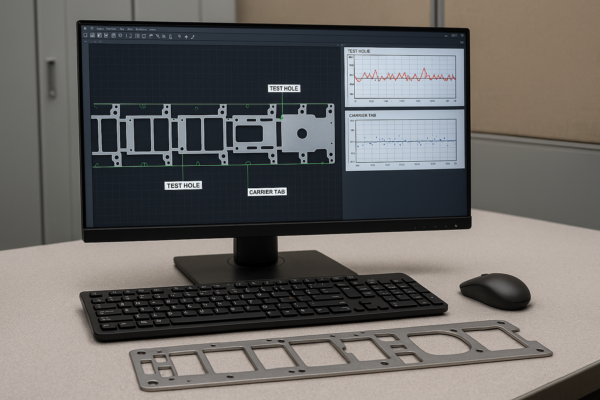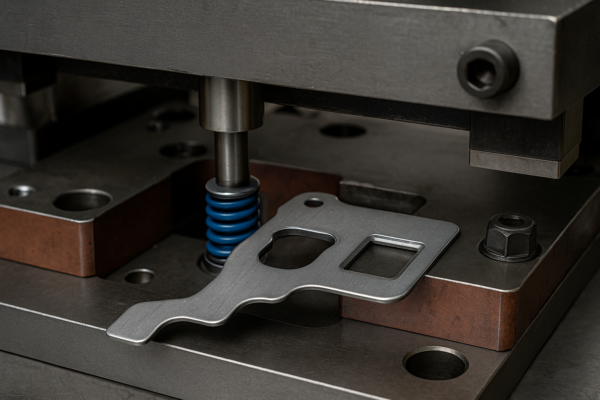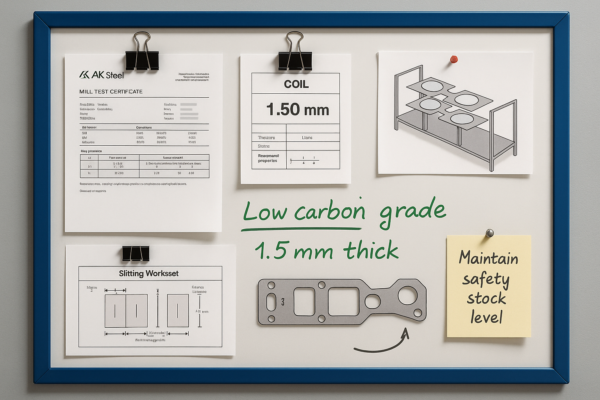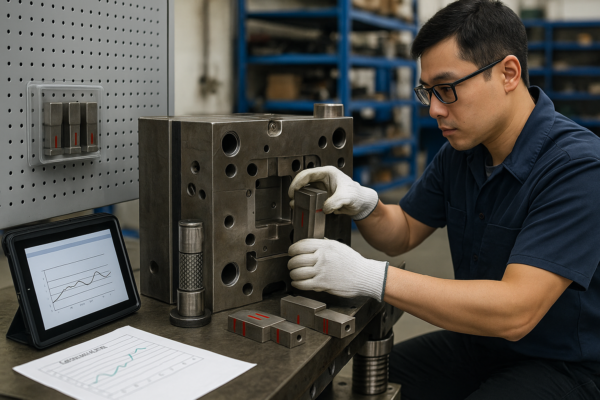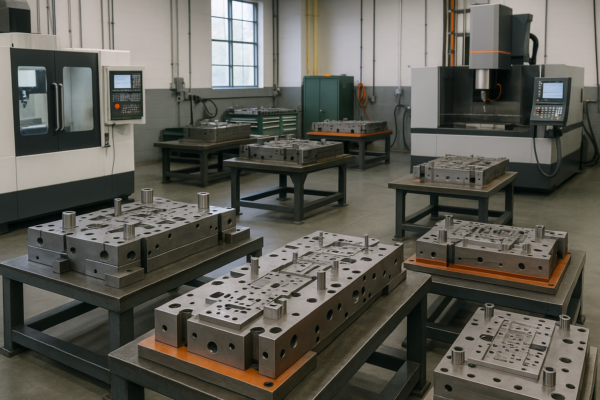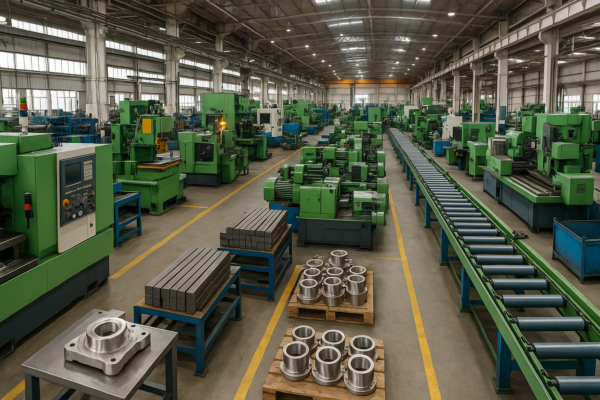What Type of Welder Should a Beginner Use?

Starting welding? Choosing the right machine is crucial.
MIG welding is often recommended for beginners due to its ease of use and versatility.
Many beginners find MIG welding to be the most straightforward method to learn. Let’s explore why.
Table of Contents
- What is the Best Welder for First-Time Users?
- Is MIG or TIG Welding Better for Beginners?
- How Do I Choose My First Welder?
- Is a MIG or ARC Welder Better for Beginners?
- FAQs
- Conclusion
What is the Best Welder for First-Time Users?

MIG welders are typically the best choice for beginners.
MIG welding uses a wire electrode fed through a welding gun, creating a simple and efficient welding process. This method allows for:
- Ease of Use: Minimal coordination required.
- Versatility: Suitable for various metals.
- Clean Welds: Less post-weld cleanup.
These features make MIG welding an ideal starting point for newcomers.
Is MIG or TIG Welding Better for Beginners?
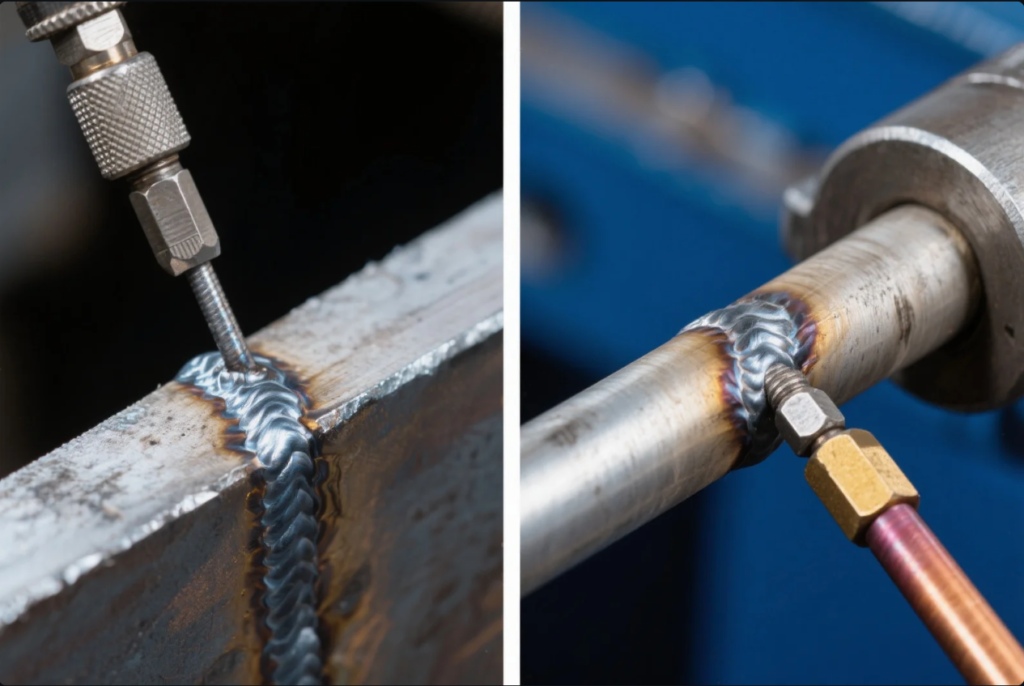
MIG welding is generally easier for beginners compared to TIG welding.
While TIG welding offers precision, it requires:
- Two-Handed Operation: One for the torch, one for filler material.
- Steady Hands: High coordination needed.
- Clean Materials: Surface preparation is crucial.
In contrast, MIG welding is more forgiving and allows for quicker learning.
How Do I Choose My First Welder?

Consider the following factors when selecting your first welder:
- Material Type: What metals will you weld?
- Material Thickness: Thicker materials may require more power.
- Power Supply: Ensure compatibility with your electrical setup.
- Portability: Will you need to move the welder frequently?
- Budget: Determine how much you’re willing to invest.
By assessing these aspects, you can select a welder that aligns with your needs.
Is a MIG or ARC Welder Better for Beginners?

MIG welders are often preferred by beginners over ARC welders due to ease of use.
ARC welding, or Stick welding, is:
- Cost-Effective: Generally cheaper equipment.
- Versatile: Works well outdoors and on rusty materials.
However, it requires more skill to produce clean welds. MIG welding offers a smoother learning curve with cleaner results.
FAQs
Q: What is the easiest type of welding to learn?
A: MIG welding is typically the easiest for beginners due to its straightforward process.
Q: Can I weld aluminum with a MIG welder?
A: Yes, with the appropriate setup and shielding gas, MIG welders can weld aluminum.
Q: Do I need gas for MIG welding?
A: While traditional MIG welding uses gas, flux-cored wire allows for gasless MIG welding.
Q: Is TIG welding better than MIG?
A: TIG welding offers more precision but is more complex. MIG is generally better for beginners.
Conclusion
MIG welding stands out as the most beginner-friendly option, offering ease of use and versatility.
Ready to start your welding journey?
At Prime, we provide high-quality, customizable industrial hardware accessories, including stamping parts, CNC parts, casting parts, screws, and plastic parts. With over 20 years of experience and ISO certification, we ensure reliable quality and quick delivery.
Contact us today for a free consultation and quote:
🌐 https://primecustomparts.com/
📧 [email protected]
Let’s build something great together!

